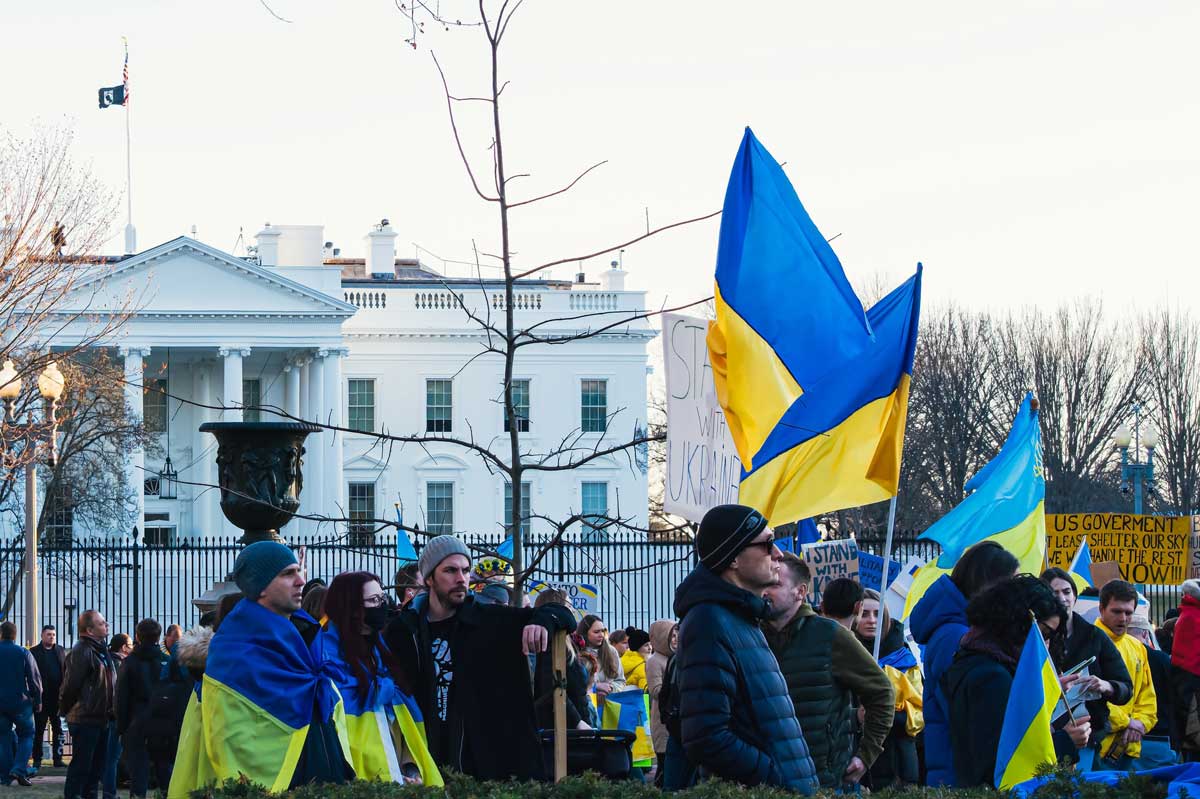Trump Policy Shift Throws 200,000 Ukrainians into Legal Limbo
Kateryna Golizdra has been dealing with uncertainty about her legal status in the United States for six months. She hopes to endure another six months as she waits for the Trump administration to make decisions regarding a humanitarian program that allowed around 260,000 Ukrainians, displaced by the war, to live and work in the U. S. When her legal status expired in May, Golizdra became at risk of deportation, lost her job as a manager at the Ritz-Carlton that paid over $50,000, and lost her health insurance for a liver condition. She can no longer send financial support to her mother who lives in Germany.
As of March 31, nearly 200,000 Ukrainians faced similar risks due to processing delays in renewing their legal status caused by the Trump administration. The humanitarian program, which started in April 2022, was meant to offer short-term refuge to Ukrainians but is only a small part of the larger refugee crisis, with 5.9 million Ukrainian refugees globally. Golizdra is left unsure of when, or if, her legal status will be renewed, which creates a sense of ongoing anxiety about her future.
During interviews with various Ukrainian individuals affected by the temporary loss of their work permits, many shared stories of struggling financially. They reported dipping into their savings, seeking community assistance, and going into debt while they wait for updates. Some are afraid of being arrested by immigration authorities, prompting them to stay indoors or even leave the U. S. for safer locations in Canada, Europe, or South America. Returning to Ukraine is not an option for Golizdra, as her home was destroyed during the conflict.
The Trump administration halted processing applications for the humanitarian program in January, citing security concerns stemming from a meeting with Ukrainian President Volodymyr Zelenskiy. While the program was not completely canceled, and a federal judge ordered officials to resume processing, only a tiny fraction of renewal applications have been processed since then. Additionally, a new spending package increased fees for humanitarian applications, adding to the burdens faced by these displaced individuals.
U. S. Representative Mike Quigley noted that his office has received numerous requests for help from Ukrainians in similar situations, with fears of deportation looming large for those whose applications are incomplete. Anne Smith, from the Ukraine Immigration Task Force, reported an uptick in calls from families worrying about detained relatives. This has led to chaotic interactions, with some being arrested while working or out in public.
Some Ukrainians have decided to leave the U. S. to avoid the risk of detention. Yevhenii Padafa, a software engineer, sought to renew his status but faced delays that left him without legal standing. Worrying about future complications, he tried to “self deport” using a government app that promised assistance for those voluntarily leaving the country. However, he encountered obstacles that made it difficult to relocate to a safer country. Instead, he ended up traveling to Argentina, which offers a humanitarian program, despite feeling financially strained upon arrival. He expressed the grim reality of preferring to be homeless in a foreign country rather than return to Ukraine, which is fraught with danger.
With information from Reuters
